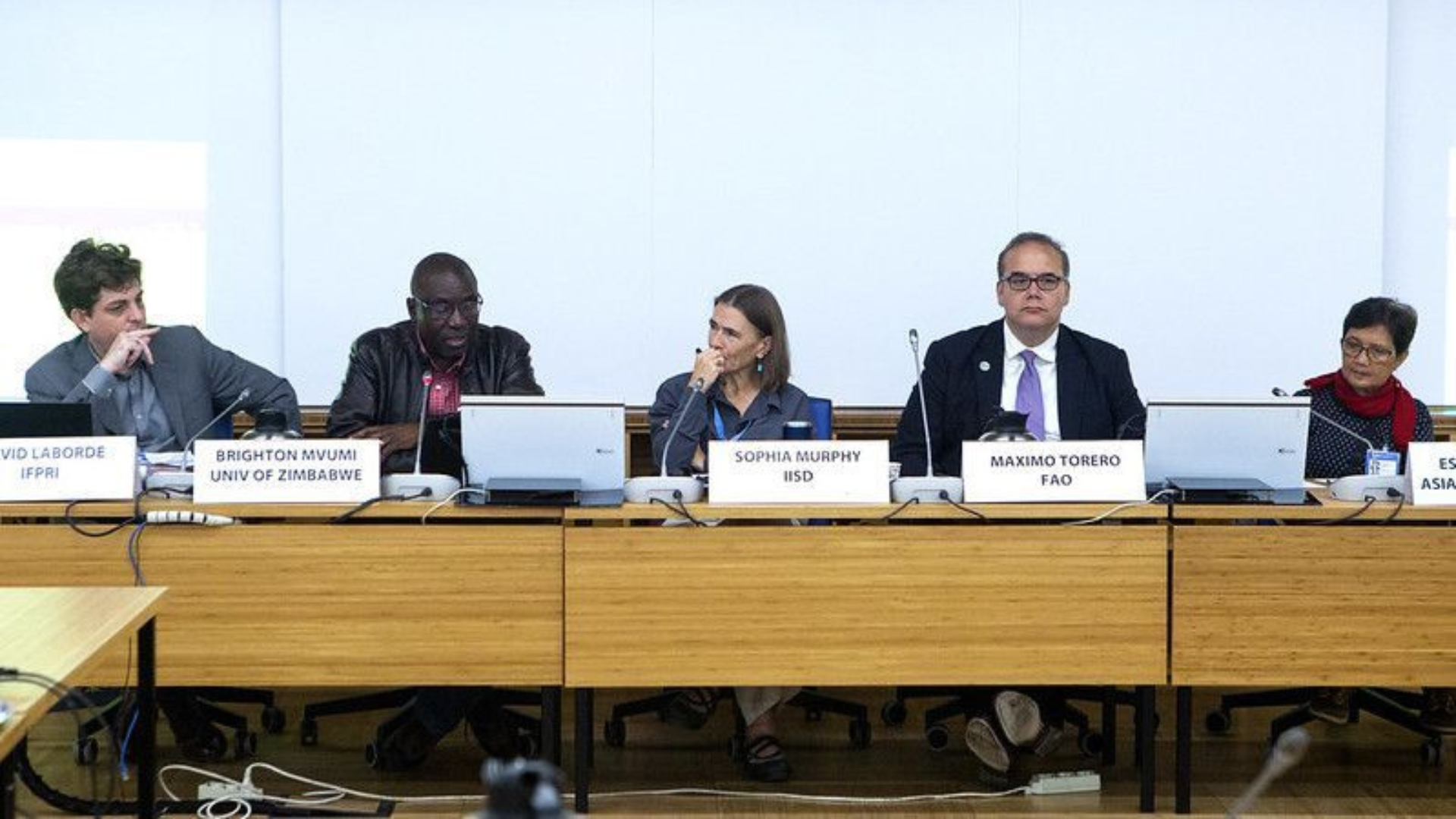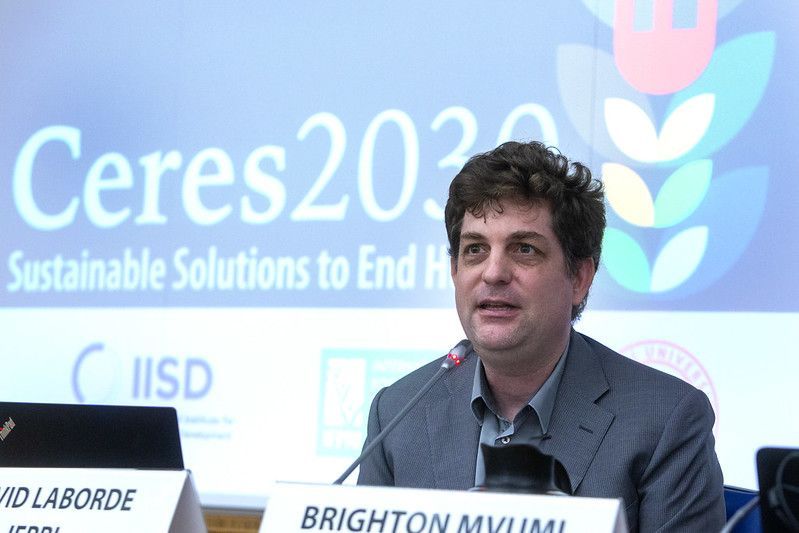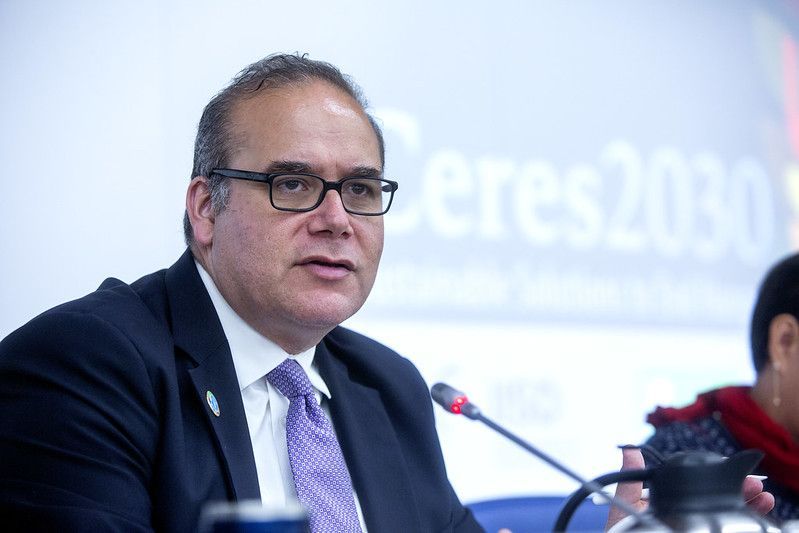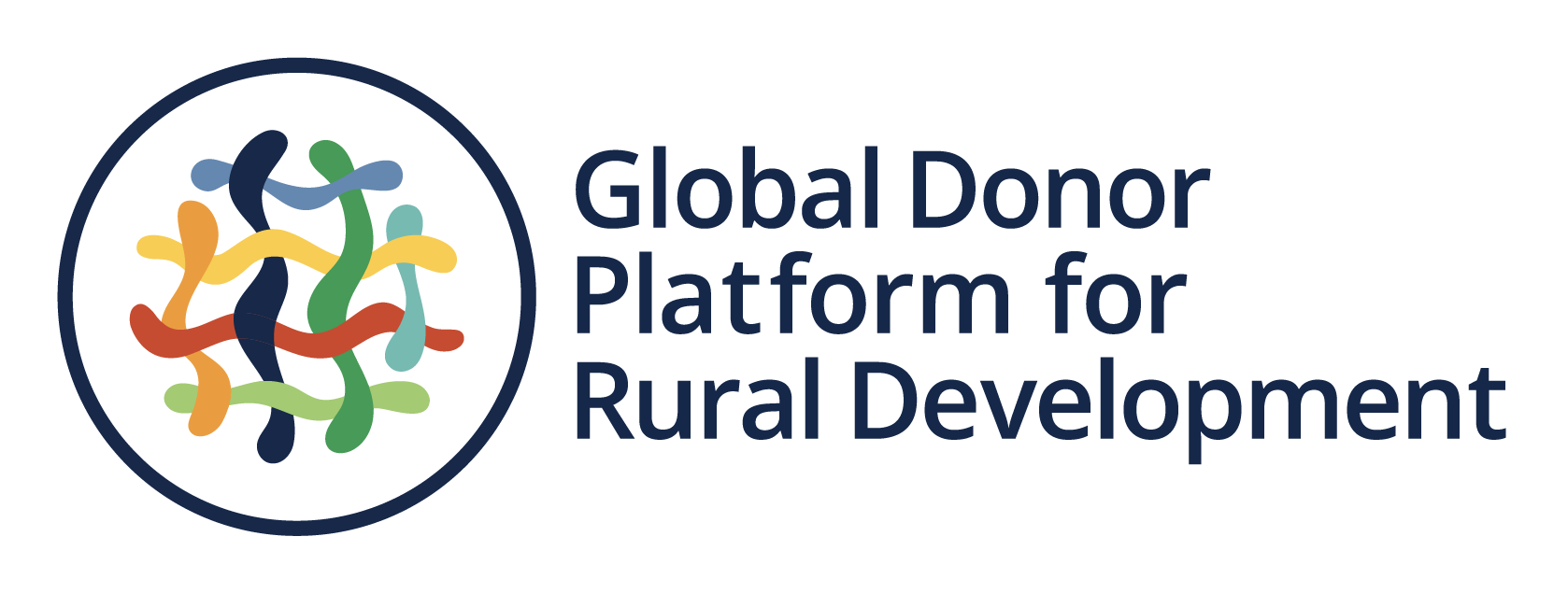Reducing food waste and loss are long-standing challenges undermining efforts to end hunger, improve farmer incomes, and promote sustainable production and consumption. A Ceres2030 side-event informed about the progress of their research in this important area.
Links

Post-harvest losses: one of 8 key questions
The second goal of Sustainable Development Goals (SDGs) embodies a global commitment to end extreme hunger, while improving nutrition, doubling small-scale food producers’ income and limiting environmental harm by 2030. Ceres2030 aims to support international donors as they determine where to direct their investments so that these help end hunger and lead to more sustainable food systems. A great deal of research on agriculture interventions is available and Ceres2030 has embarked on the task of assessing the core lessons from this research for eight key questions in agriculture interventions – one of these topics is post-harvest losses (PHL). Correlating with the theme of this year’s FAO’s State of Food and Agriculture (SOFA) report, “Moving forward on food loss and waste reduction,” Ceres2030 chose to highlight their work on PHL at CFS 46.
Focus on sub-Saharan Africa and South Asia
Ceres2030, funded by the Platform’s members, Bill & Melinda Gates Foundation and the German Federal Ministry of Economic Cooperation and Development (BMZ), combines state-of-the-art economic modelling – that puts a cost on interventions to achieve SDG 2 (focusing on 2.1, 2.3 and 2.4) – with a series of expert assessment studies or evidence syntheses. In response to the increasing acknowledgment of the link between food loss and waste reduction and SDG2 as well as the urgent need to design effective policy interventions, one of the Ceres2030 expert authors, Brighton Muvumi of the University of Zimbabwe, is assessing specifically the issue of post-harvest losses (PHL).The team is focusing on sub-Saharan Africa and low and middle-income countries of South Asia and currently scoping and mapping the existing evidence available from academic journal, international organizations, think tanks, and other databases to answer two central questions:
1) What are the interventions that small-scale producers and associated value chain actors can adopt and/or adapt to reduce post-harvest losses along food crop value chains?
2) What are the associated barriers and facilitators for adopting interventions that small-scale producers and associated value chain actors can use to reduce post-harvest losses along food crop value chains?
Despite the fact that there is a wealth of research available, Muvumi noted with dismay that many studies reviewed are too short-term to assess the true impact and too few included actual field-tested technologies.
Ceres2030 cost model framework
The learnings from the research team will be integrated into Ceres2030’s economic modelling work, explained David Laborde of Ceres2030, which is assessing the cost of the most effective agriculture interventions to achieve SDG 2 and will shed light on the market and policy failures, which lead to PHL and why successful practices are not adopted more widely. The Ceres2030 cost model framework is particularly devised to assess the economic, social, and environmental effect of reducing post-harvest losses (PHL). Using a dynamic, multi-country, multi-sector computable general equilibrium model that incorporates household level data, Ceres2030 aims at creating a model that simulates how public spending channelled through various PHL interventions will affect the economy as a whole. The model will track post-harvest losses in terms of the quantity of discarded agricultural product, as well as how much farmers and operators lose in price along the value chain. Each country has its specific problems; the study results can be fine-tuned for the particular situation of a country. Laborde reminded his audience, however, that “there is a quantitative and a qualitative story; there are trade-offs, thus it is not always a win-win story.”

Reducing food-loss allows better use of resources
FAO Assistant Director General for Economic and Social Development, Maximo Torero, outlined the interlinkages of the Ceres2030 and the FAO’s research in PHL as documented in the 2019 SOFA report, which estimates that around 14% of the world’s food is lost from post-harvest up to – but not including – the retail level. Torero emphasized the importance of the newly agreed definitions on food loss, from production to wholesale, and food waste, from wholesale to consumers. “Reducing food loss allows better use of land and water, less increase of GHG through agriculture productions, however, the relationship between the two is not simple.” The complex and context-dependent linkages between food loss and waste and the sustainability of food systems must be well understood in order to formulate effective policies aimed at addressing environmental concerns through reduction. Ceres2030 evidence synthesis and economic modelling will immensely support progress in this area.
Findings from all Ceres2030 research topics, subject to peer review, will be published in Nature Research Journals in the spring of 2020. They will refine a unique set of tools that help policymakers and donors assess financial costs and identify effective ways to achieve SDG 2. With a decade left for world leaders to achieve SDGs and another year left for Ceres2030 to complete its critical work, it is crucial at this point for every single actors in this concerted effort to make use of available resources in their institutions as effective and efficient as possible.

